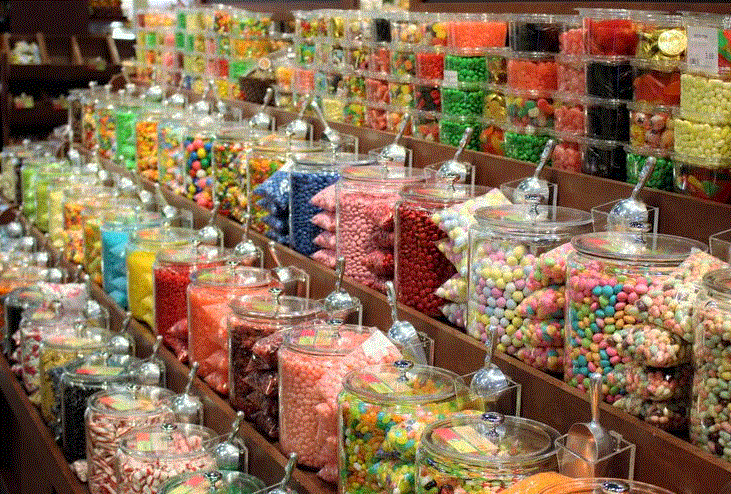FOODS CHILDREN SHOULD AVOID TO PREVENT CAVITIES
Chewy Candy
Eating alot of sugar is bad for tooth health, and candy is very full of it, It causes cavities and can get stuck in tooth crevices.
Extra chewy candies like taffy and caramels stick to your teeth for a very long time which can dissolve tooth enamel. Candies that are chewy, sugary and acidic, like sour candies, are the most damaging. Many people choose dried fruits as a healthy snack, but many dried fruits can also be sticky and contain sugar. If children do eat sugary snacks, they should brush and rinse their teeth with water to clean the tooth surfaces and gums.
Chips, Bread, and Pasta
Starches made from white flour are simple carbohydrates. They break down into simple sugars in the body which can lead to tooth decay. Eating chips for a snack is not recommended, not only because they provide no nutritional value, but also because the starch in them can adhere to teeth.
Sugary Drinks
It’s no secret that too much sugar is damaging to your health and can cause cavities. Organisms feed on the sugar on your teeth and turn it into acid, which destroys tooth enamel and causes decay.
The acids and sugar found in carbonated soft drinks combine to cause tooth damage. Even sugar-free diet sodas can erode enamel with the acidic content. While non-carbonated sports drinks may seem like healthy options, they can still acidic and sugary.
Healthy Habits to Continue For Children’s Dental Health
1. Regular Dentist Visits
Its recommended that children be taken for a dental visit at one year old or 6 months after their first tooth comes up, whichever comes first. Children should have fluoride applications at the dentist every six months.
According to the Centers for Disease Control and Prevention, almost 20% of children between the ages of two and 19 have cavities that have not been treated. Regular dentist visits, combined with a healthy diet, can lower your child’s chance of an undiagnosed cavity.
It is also important that children be weaned off bottle feeding by 12 months of age if possible to prevent “bottle rot.” Bottle rot occurs when a baby’s teeth start to decay due to long-term exposure to liquids containing sugar.
2. Flossing
Along with eating the right foods, it’s important to floss at least once per day, Flossing removes plaque from the areas between your teeth where your toothbrush can’t reach.
Once a child’s teeth start to fit tightly together, usually between the ages of 2 and 6, parents should begin to get their children into the habit of flossing daily. Children usually develop the dexterity and ability to floss on their own around the age of 10.
3. Brushing Teeth
Dentists recommend brushing teeth at least twice per day to remove plaque. Its best to wipe your baby’s bottle after nursing. Parents should use an infant toothbrush with a rice-sized amount of fluoride toothpaste starting at age 1. Children can increase fluoride toothpaste use between the ages of 3 to 5.

